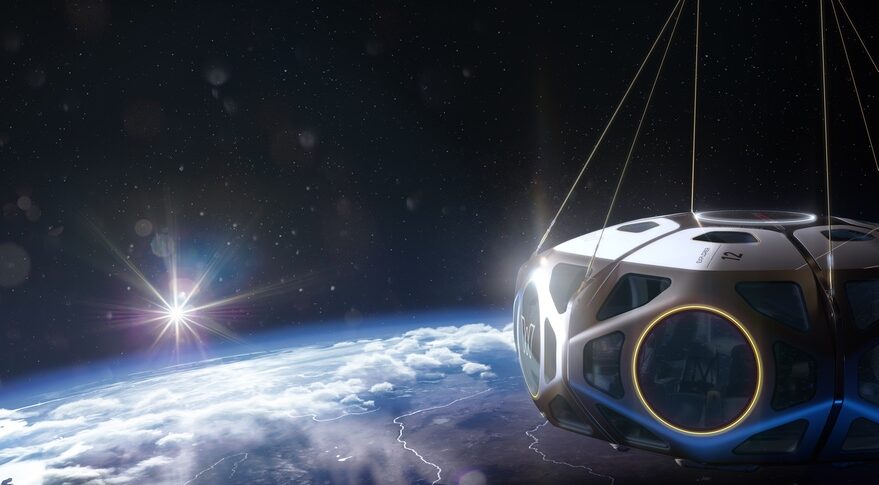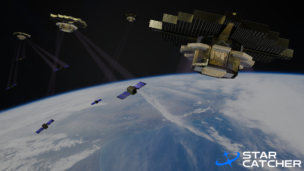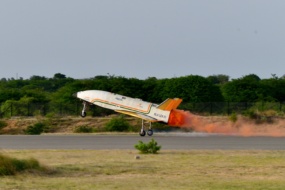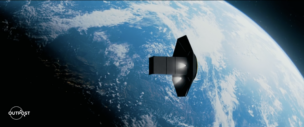World View is a Tucson, AZ-based remote-sensing and space tourism stratospheric balloon developer. The startup is on a publicity blitz, making waves recently at SXSW in Austin, appearing on The Today Show, and naming actor Adrian Grenier as “chief earth advocate.”
We caught up with CEO Ryan Hartman to hear more about World View’s roadmap.
The 100,000-ft. view
The company is in the business of “stratospheric exploration,” Hartman said, split among the dual business lines of hoisting 1) payloads and 2) people.
- For 7+ years, World View has leveraged its balloon stack to observe Earth for scientific organizations, governments, and companies. Hartman said the stratospheric sensor set enables 45 days of persistent coverage at “very high resolutions.”
- “We were doing well in the remote-sensing side of the business,” Hartman said, “but I started looking at space tourism…and recognizing that there was something unique we could offer.”
The consumer-facing side of the business is set to launch in 2024, via a 10,000-lb. pressurized capsule and football stadium-sized balloon.
What goes into Balloon UX?
- Safety-first design. “This is the safest way to experience viewing the Earth from the darkness of space, seeing the curvature of the Earth,” Hartmain said.
- Zero-pressure balloons. The World View team has “taken the time to learn how to scale” its stratospheric platform to the size needed for both sensing and space tourism.
- Optimize around 1) windows and 2) time. You want customers to experience the Overview Effect as seamlessly as possible, but you also don’t treat interior comfort on the multi-hour journey as an afterthought.
- World View plans to launch from bespoke spaceports at the Grand Canyon, the Great Barrier Reef, Serengeti, Aurora Borealis, Amazonia, the Giza Pyramids, and the Great Wall of China (in that order).
Other considerations
- On customer demand: Ticket sales (starting at $50,000) are exceeding Hartman’s expectations. He wouldn’t share hard numbers, but World View plans to do so in the not too distant future.
- At scale: Operating efficiencies could afford the startup some flexibility around pricing, but the startup also may try to eventually upsell packages around specific, unpredictable “flying seasons” and celestial events like solar eclipses.
- Costs: Lift gas—ie, helium—is World View’s largest variable cost. On the B2B/B2G side, sensors and the team needed to support 45-day journeys are also sizable cost drivers. While tourism and sensing are “completely different businesses,” Hartman said the bottom line of both will be boosted by balloons designed for significant reusability, duration, and flight efficiency.
- Use cases: World View has imagined weddings and summits taking place on its balloons, art (and yes, NFTs) being made, and various types of new research being conducted. Most importantly, though, there’s “all of the other things that I’m not creative enough to think about,” Hartman said.
Closing thoughts…“We have to have a very healthy space program, globally [and] not just in the US…to understand our planet and become better stewards of our planet as well.”




